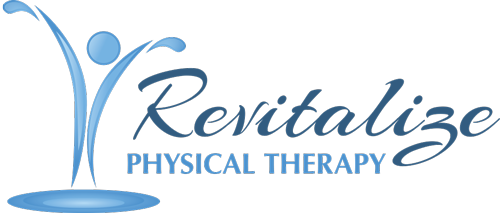When you have pelvic floor dysfunction, your initial goal is to just feel better. But once you hit a certain point in your recovery – and it can happen sooner than you think – you are left wondering how much of your old life you’re ready to return to, like work.
I am here to tell you that you can definitely work with pelvic floor dysfunction, as long as you and your medical team agree that you are ready! You can still be the amazing, passionate worker you were before – the only difference now is you may have to get a little creative in how you approach work. Here are my tips for working with pelvic floor dysfunction:
- Get your game plan ready. Consider what accommodations you need for your pelvic floor dysfunction in a new job. You may want to pick a job that involves less stress than before, or one that lets you rely less on caffeine. Think about how you care for your pelvic floor dysfunction on a typical day and your symptoms. Do you need to take out time for yoga, a relaxing bath and exercise? Get your pelvic floor physical therapist’s opinion on what would make for a pelvic floor dysfunction-friendly work environment. I particularly like incorporating stretch breaks. Everyone can benefit from standing up and getting away from the computer for a few moments, because as the phrase goes, “Sitting is the new smoking.” Use the break to do a quad stretch: As you stand, you’ll bend your knee back behind you and grab your ankle or foot. Then, you will pull that same knee into a more bent position until you feel the stretch in the front of your thigh. Hold the stretch for thirty seconds, and repeat three times on each leg. Do this just once a day. (As always, get your doctor’s permission before you do any kind of exercise.)
- Once you know what you are looking for in a job, read ads closely and make a list of important things to note or eventually ask about. Does it sound like you will be expected to rarely leave your desk? Will you be discouraged from calling in sick or taking PTO? Is overtime expected? In the interview, ask about pacing. And don’t forget to research companies with whom you interview. Check out Glassdoor. Type in a company’s name in the search bar, click on that company’s name, and then “Reviews.” What are former and current employees saying? While these should be taken with a grain of salt, as they are not fact-checked, if you see a lot of bad reviews, especially from employees that complain about a lack of work-life balance, you might want to reconsider. It’s important to set yourself up for success right from the start!
- Consider remote work. COVID changed so much about the way the world works, and one of the biggest changes was to the way we work. If you are interested in remote work, check out sites such as remote.co and remotive.com. You can also filter on LinkedIn and Indeed for remote jobs. You don’t automatically have to work remotely if you have pelvic floor dysfunction, but you may want to: At home, you can frequently stretch, visit the bathroom as much as you need to, and dilate or take a warm bath on a break.
- Start your own business. A great way to make sure your needs are being met on the job is to be your own boss! This can be challenging to do, as getting customers can be hard, but if you have a partner who will financially support you while you start it up or a decent amount of savings, it might be worth pursuing.
- Look into part-time work. Forty-hour workweeks can be hard, even if you don’t have pelvic floor dysfunction. While you may find you are fine with keeping the same hours, you may need to think about part-time work, then reevaluate that decision later on, as you progress in your healing from pelvic floor dysfunction.
- If you have an employment gap because you needed to take time off for treatment and self-care, present it from the start. Pretty much every job search requires you to redo your resume, and that can be challenging with a career gap. Don’t try to tackle this alone. Get help from the experts: Your library may be able to assist – for example, the Brooklyn Public Library offers free resume and career help. Indeed offers some good advice as well.
Going back to work can be a vital part of your pelvic floor dysfunction healing journey. It is a marker that you have made progress, and that is something to celebrate! The right job can be great for mental health. You may find it to be a good distraction from the challenges of dealing with pelvic floor dysfunction, and a great boost to your self-esteem.
And remember, changes like needing to switch to remote, hybrid or part-time work aren’t necessarily permanent. They represent what you need to be successful in this moment, and you will likely reevaluate them as time goes on. Being flexible and checking in with yourself are key. I am wishing you the best of luck in getting a job that supports you (and especially your pelvic floor) in 2025!



